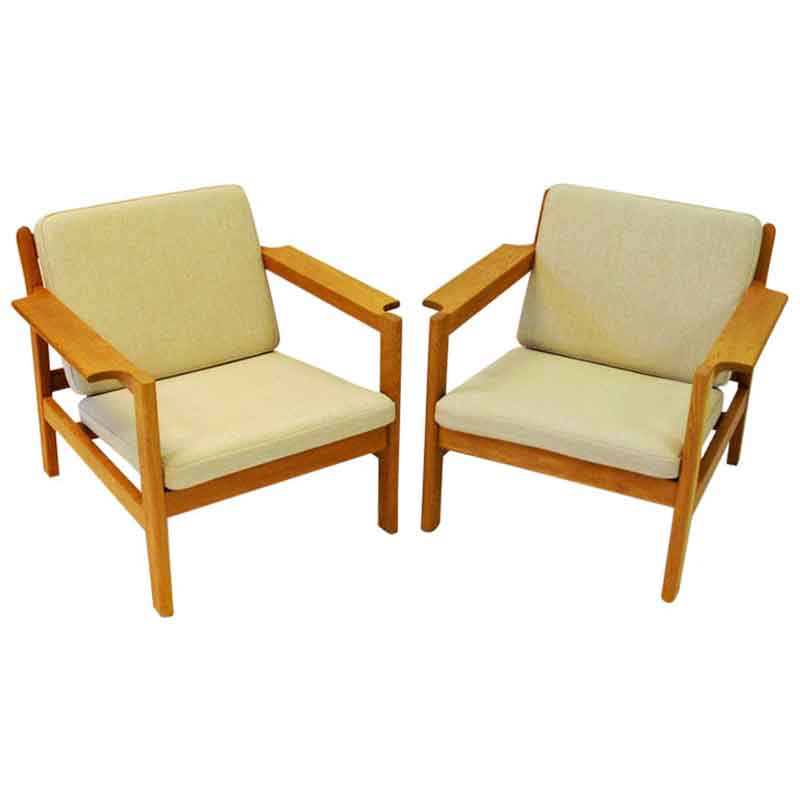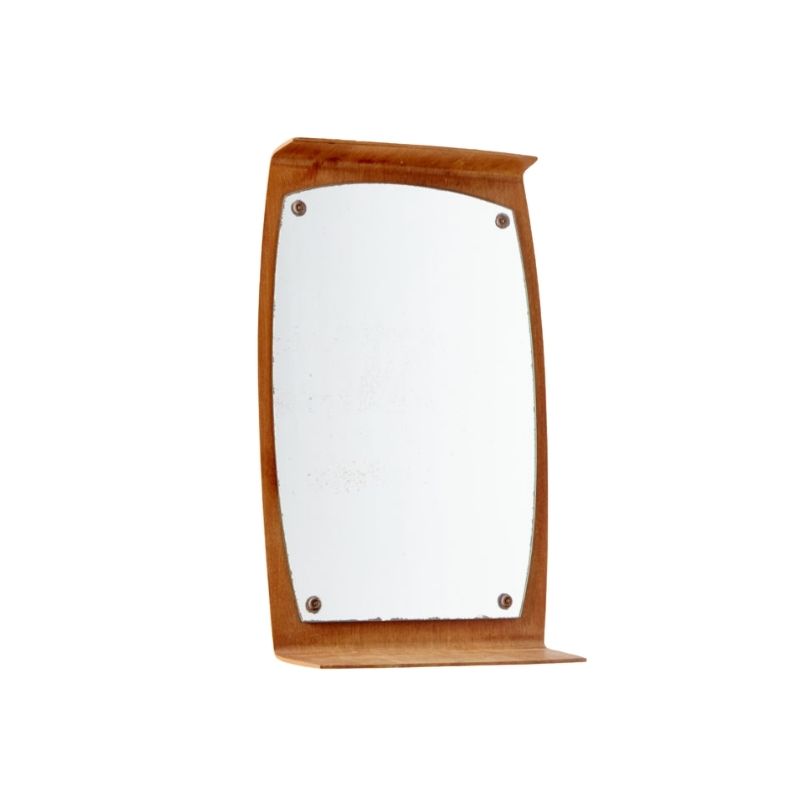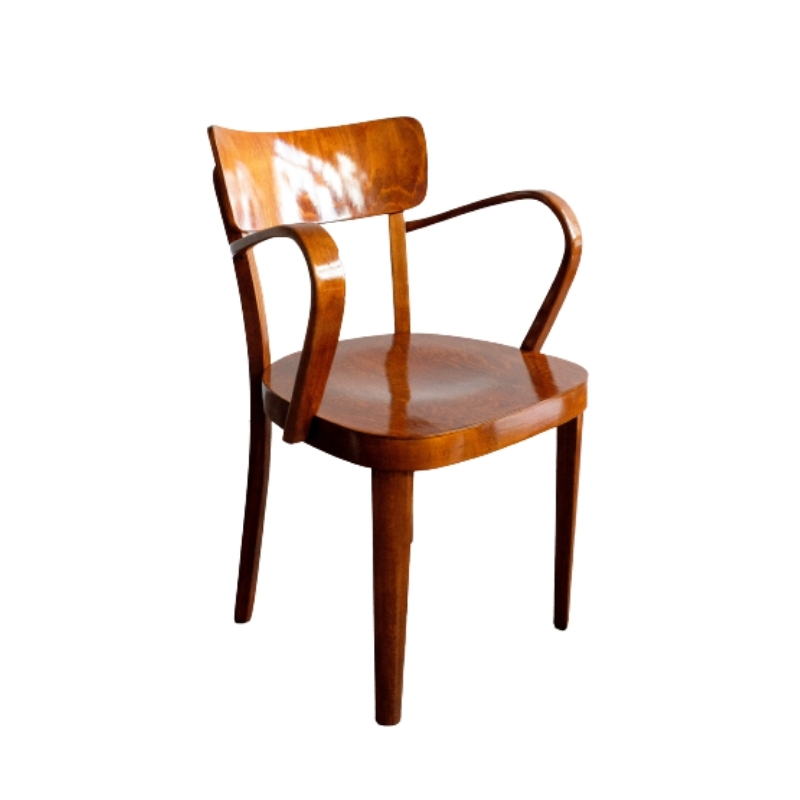That's why I said it may or may not be helpful...
I don't know where to find it right now but I have an old how to book from the 1950's or 60's showing drawings/diagrams and exploded views of 20th century modern furniture back in the day when it is OK to publish those kind of information with the manufacturers permission.
There is another recent book in my local public library called 'Mid Century Modern Furniture' by Michael Crow and it seems interesting to someone who is just starting to learn woodworking/furniture making.
http://www.popularwoodworking.com/woodworking-blogs/chris-schwarz-blog/m...
If the comments to those two blog pages hadn't been closed, I would have replied to the person who raised the issue of copyrighted designs. It should be said that any copyrighted (or supposedly copyrighted) designs can be made for a person's own use, without worry. It is when we decide to make such objects for sale, or to publish our work -- especially when naming the design and the designer as part of those efforts -- without permission, that we risk prosecution. When making a Nelson Bench, or an Eames storage unit or any other well-known piece for our own home, we have nothing to fear.
All of this has been incredibly helpful!
I have a woodworking friend looking at the legs right now - he will be the one fabricating the second one for me.
I did search around the rest of the trash pile - no other pieces worth saving, unfortunately. I had hoped to at least find the rest of the leg.
Tortoise Shell finish? Is this sarcasm or real? I can't seem to find anything..
"Easy to make in a single evening" . . . for those who have little time and no furniture at all ?
Woodworking should never be rushed; the pleasure is lost, along with the occasional finger.
The legs appear slightly over-scaled in the photo -- though the text cites all the material as 1x2 (which was then and is now actually 3/4" x 1 1/2").
The leg miters must be securely made, as the leg frame is otherwise vulnerable to racking and collapse. The trapezoidal shape should not gull us into thinking that it is a form more resistant to deformation than a rectangle; it is not a triangle !
Seriously - thank you all so much for your knowledge. It is quite astounding!
While I wait for my friend to have time to work on a leg, I thought I would cleanup the bench a bit.
I used warm water and light detergent w/a damp rag to remove surface grime. She's looking pretty!
I snapped some better photos after a light cleaning.
I'm quite baffled by the previous owner's choice to add the stain in this way. As you can see in the photos - they avoided the perpendicular joints and only stained the long horizontal slats. This was also sloppily done - with vertical stain drips and pools of hard dark stain underneath. I'm contemplating getting past this poor stain job down to the original yellowed birch.
What are your guys' thoughts on that? 0000 Steal Wool? Light stripper of some sort? Dont touch at all? (I know that last part is somewhat subjective)
Also while cleaning and focusing on everything a little more closely - I noticed a nail with a fat head on the bottom. It *appears* that this used to hold some sort of material, as there is something between the nail head and the wood. Any thoughts on what this was for??


Thanks for those pages, minimoma. Any chance you could repost them in a horizontal format ?
What is going on in the last photo, showing a pair of cabinets on a base, and a drop-leaf table which matches the cabinets in volume? I'm curious about the cabinet base, as it doesn't appear to be a standard Nelson Bench . . .
cjwebber - these are some of the pages scanned from the 1955-56 HM catalog for reference and whatever you decide to use to remove the later dark stain, always TEST first. Good luck.
Edit- Base cabinets can be ordered with or without legs - benches are used as base.
SDR - the drop leaf table is shown folded and the same depth as base cabinets with legs.


If you need any help, please contact us at – info@designaddict.com













